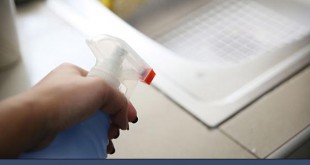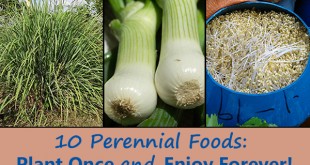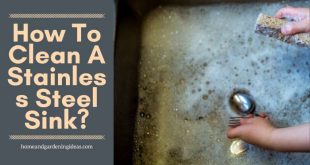Poison Ivy Home Remedies: 8 Most Effective Remedies For Poison Ivy
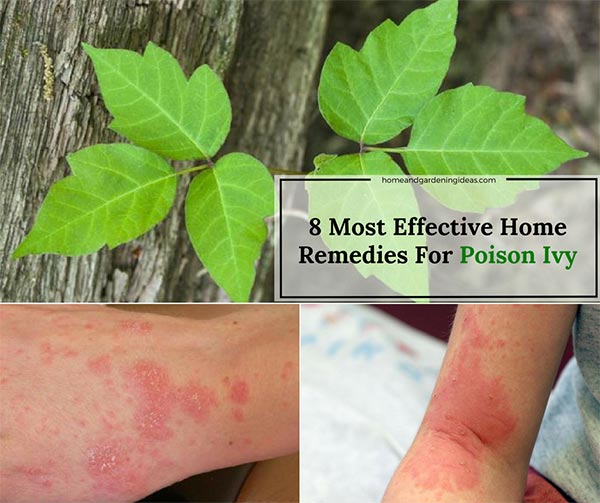
Have you ever accidentally touched poison ivy and hated the agony of irritating rashes and expensive cream? Use easy alternative home remedies for quick relief!
1. Food
Thankfully, there are a handful of food items that can help relieve itchy rash pain caused by poison ivy.
- Banana peel: This home remedy is very easy to use. The only step you have is to rub the inside of the banana peel on the rash since the peel offers a cooling effect.
- Cucumber: Like the banana peel, cucumbers can cool affected areas too. Do not directly rub a cucumber on the skin; the vegetable should be made into a paste. However, a cucumber slice can be set on the rash to dry for itching relief and skin hydration.
- Watermelon rind: Similar to cucumbers, watermelon rind offers immediate relief. However, if the affected area is widespread, you can make the watermelon into a pulp to spread as a paste. It is possible that the pulp promotes anti-inflammation and painkilling because of the phytochemicals in it.
- Lemon: Lemon juice may seem like an oddball as it stings on cuts, however, it has been known to reduce boils which will decrease the urge to scratch the rash. This is best used before the oil of the poison ivy penetrates the skin.
- Oatmeal: Oatmeal can be used in the form of a bath or paste. The paste should be thick and can be applied directly on skin or placed in material like muslin cloth and dipped in water to soak; you would squeeze it to extract the milk for washing the rash. You can add the cloth to a warm bath or use an oatmeal-based product like Aveeno.
2. Cold dish soap water
This remedy is always available if you have dish soap but it is only for when the poison ivy oil has not been absorbed into the skin. The dish soap can help remove the oil as a strong cleaning agent. Be safe by washing the area marked by poison ivy with dish soap and cold water, dipping all clothing in soapy water and using the soap in a shower right after. Dish soap ideally should be used immediately after coming into contact with poison ivy.
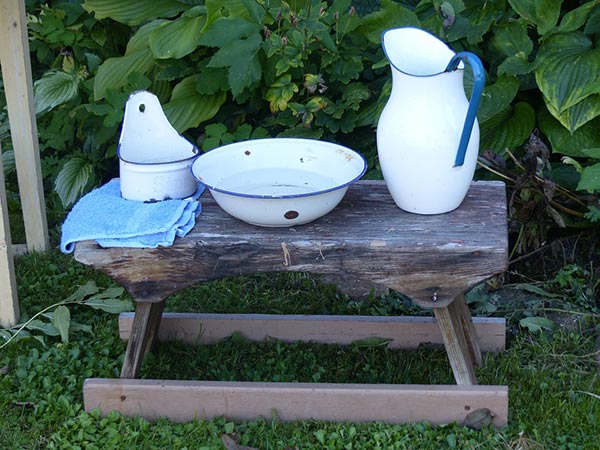
3. Aloe Vera Gel
You can buy this plant at an organic shop if you do not have it; you will be needed fresh leaves from the plant. Near immediate relief comes from applying the gel you receive when mashing the clear pulp you get after stripping the tough skin from the leaf’s flat surface; do this with a sharp spoon. You can refrigerate any unused gel. Aside from pain relief, aloe vera helps to reduce inflammation.
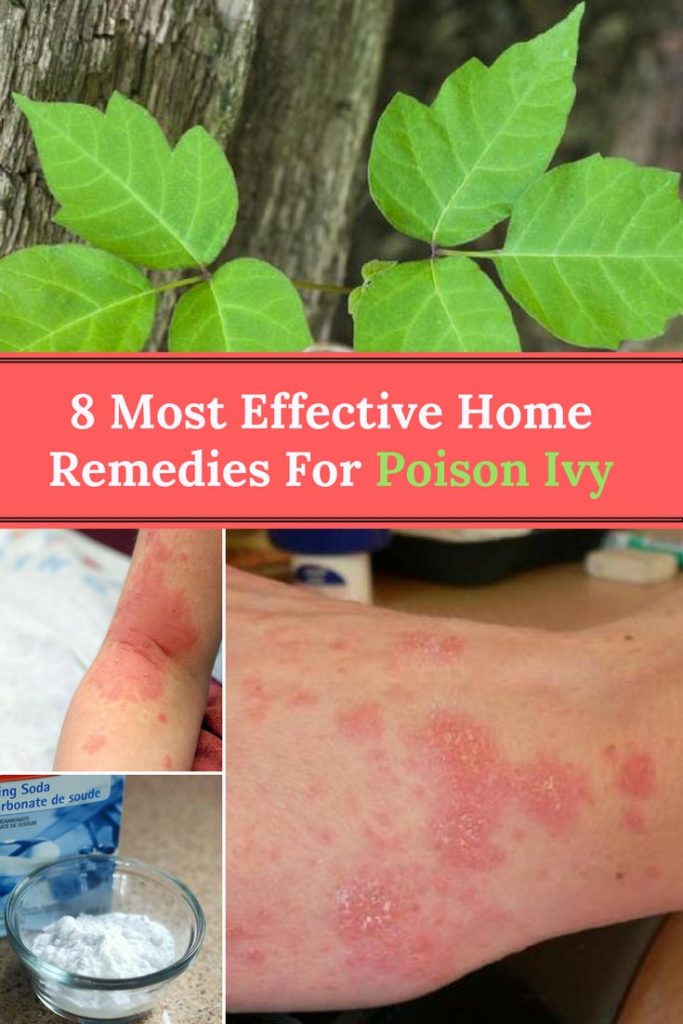
4. Apple cider vinegar
Apple cider vinegar is a temporary relief but it prevents the urge to scratch which could reopen blisters. Dilute it with cold water and rub on the affected area as needed or dip a piece of cloth into it to lay on the rash. You can even soak a brown paper bag in it to use as like a bandage for drawing out toxins. If you do not have apple cider vinegar, you can use ordinary white vinegar as an alternative. Organic products are best but not required. Start by mixing half a cup of vinegar and one and a half cups of cold water.
5. Tea bags
Common flavored tea bags, like black or green, can be used to relieve itchy rash pain. You would simply apply the bag to the affected area after it was moistened with cold water. Tea relieves itching by contracting inflamed tissue with a soothing ingredient called tannic acid.
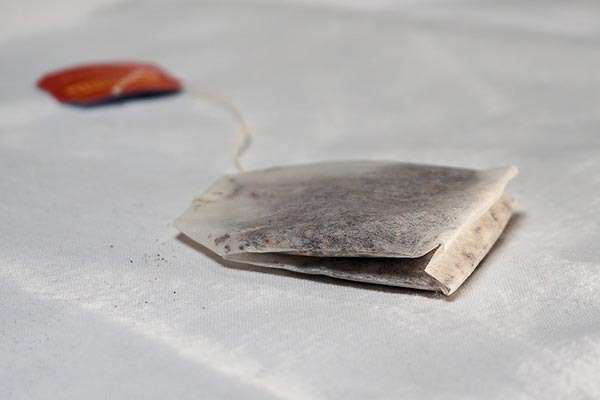
6. Herbs
Herbs have been successfully tested to have healing properties for poison ivy; particularly two.
- Witch hazel: This tonic can be found at a drugstore and only requires a small amount to be dabbed for itch-relief. It heals blisters and reduces inflammation.
- Goldenseal: The key to using goldenseal is to use the powdered root as it promotes anti-inflammation and antimicrobial properties. A teaspoon of it will need to be mixed into a pint of hot water. Once the water has cooled, use a cotton swab to apply it. You can even add half a teaspoon of the root to a cup of warm water to drink although you will have to push past the bitter taste.
7. Himalayan Crystal Salt
Known for having an antihistaminic property, Himalayan crystal salt relieves the rash by detoxing. All you need to do is mix a teaspoon in water to spray on the rash or place on the skin with a washcloth. Add one or two cups to a fifteen-minute bath if you would like. If you like the himalayan crystal salt you should check out my other article called Benefits of having a Himalayan Salt Lamp in your home
8. Baking soda
Finally, baking soda is a common household item that can serve as an itch and pain reliever for poison ivy. It can be used at all stages of encountering poison ivy. Dusting it on the skin and shaking it off can help remove oil particles; it is known to soak up oil spills after all. It can be used in a bath when mixing in half a cup or as a paste by mixing three tablespoons into a cup of water. Mix a tablespoon of it with cold water to either wash the skin or soak a washcloth to place on the affected area.
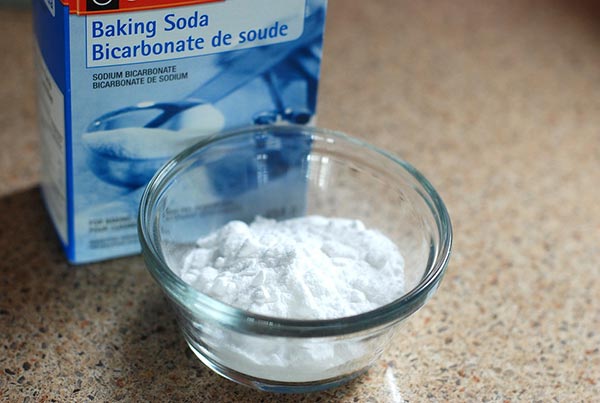
Use As Many Home Remedies As You Need
Rashes developed from poison ivy are more than itchy, they hurt! Thankfully, there are plenty of home remedies you can use to help relief the itching and pain quickly. These remedies can be foods, herbs, pastes, gels and more. You can enforce extra protection by preventing the rash from spreading or causing blisters to open with itching by using a variety of these remedies. For example, you can immediately wash the affected area with dish soap, place a cucumber paste on the area for some time and take an oatmeal bath. Good luck!
Thanks for checking out “Poison Ivy Home Remedies: 8 Most Effective Remedies For Poison Ivy”. If you found this article interesting please consider sharing it on Facebook and Pinning it on your Pinterest boards, this will help spread the word and help hundreds of people see this info too, Also let me know in the comments below if you would like to add any more info to this article…
 Home and Gardening Ideas At home and Gardening ideas we believe inspiring readers about homesteading, self sufficiency
Home and Gardening Ideas At home and Gardening ideas we believe inspiring readers about homesteading, self sufficiency
